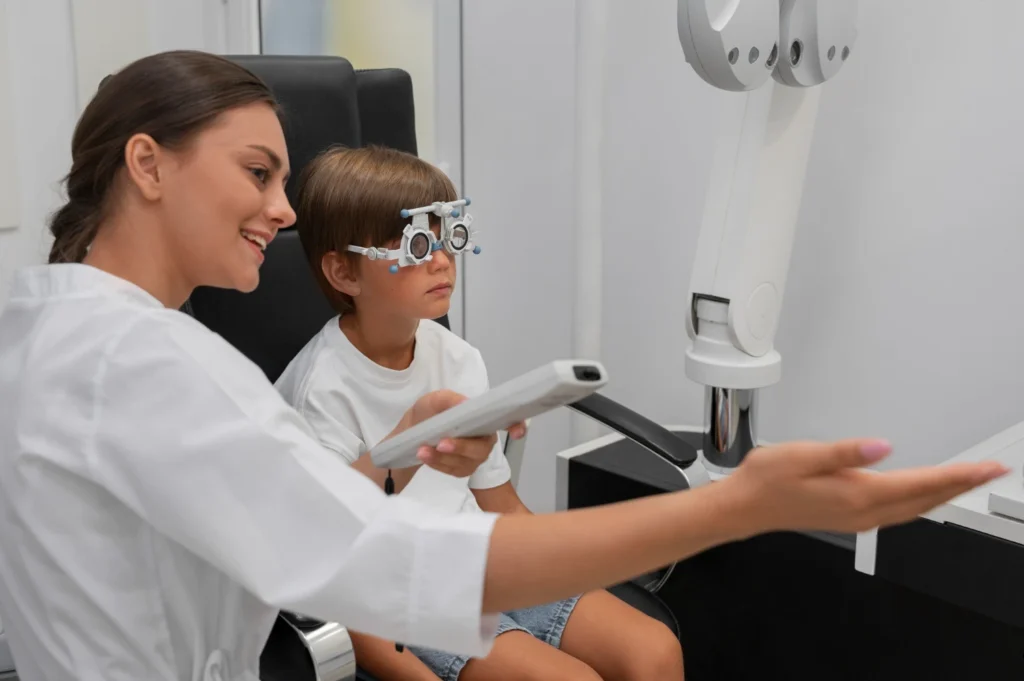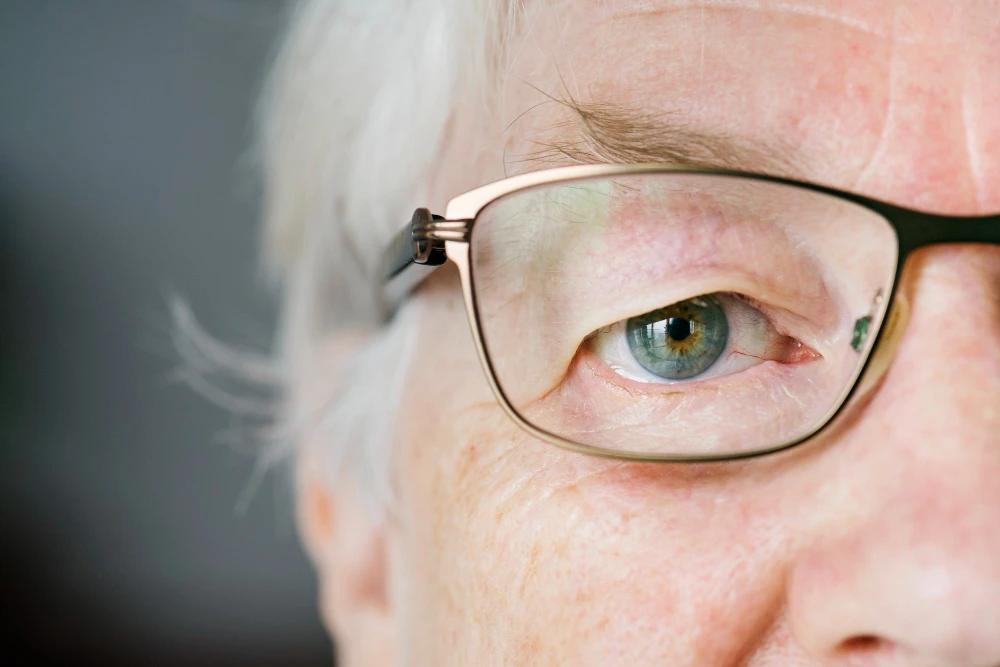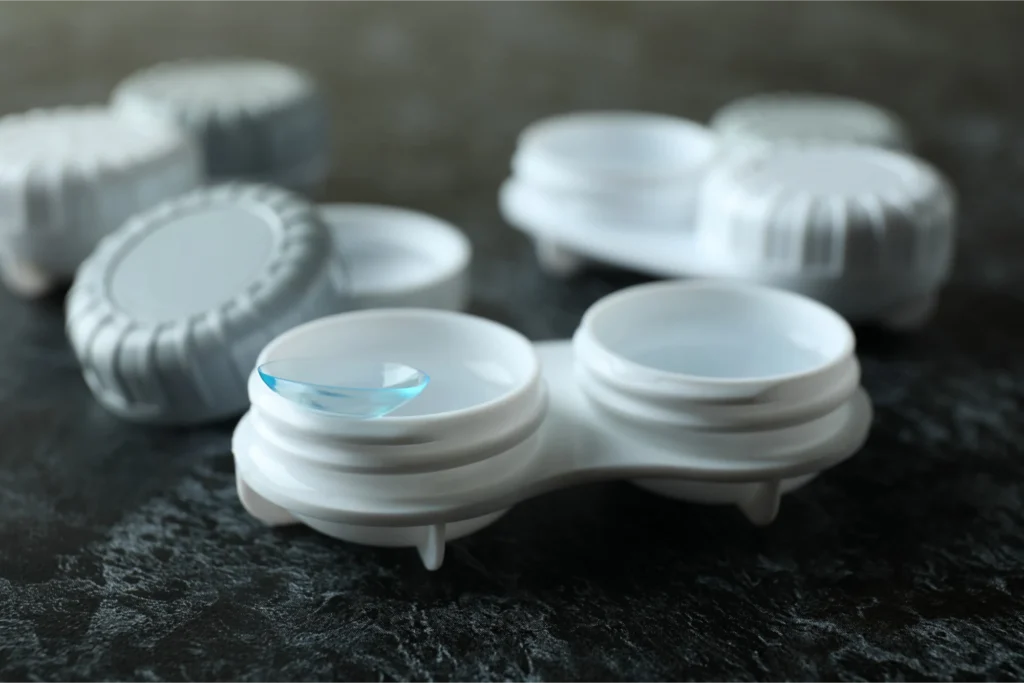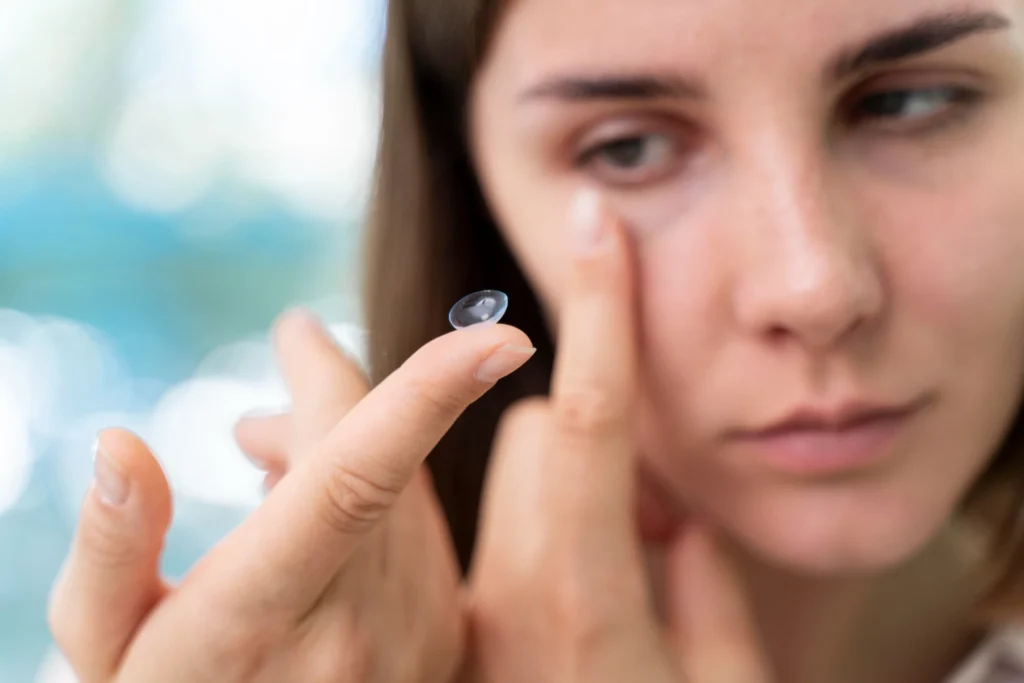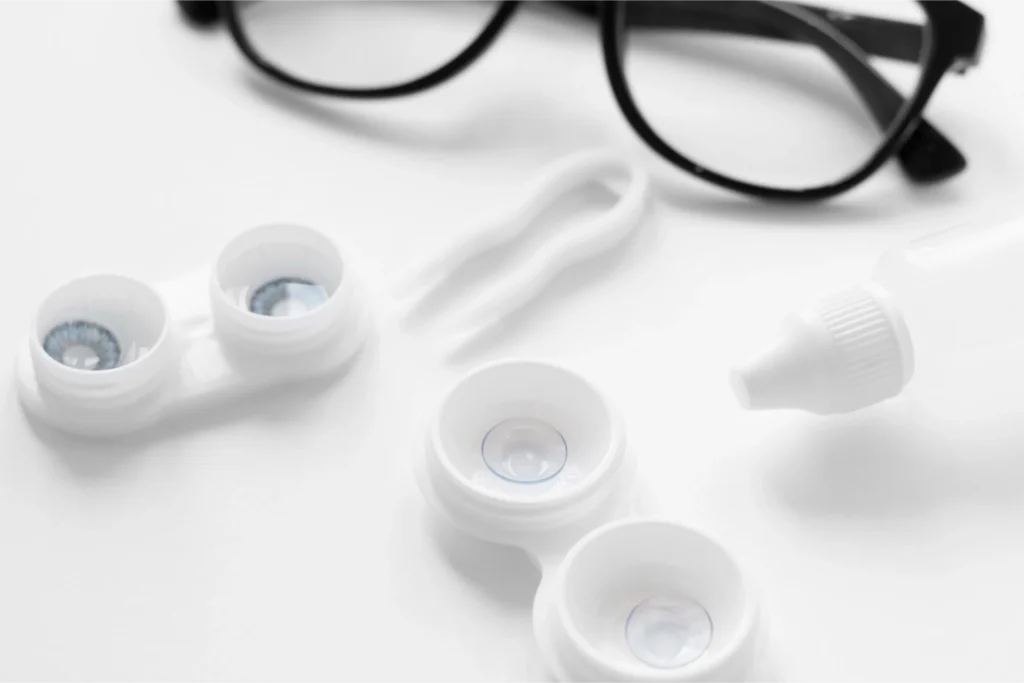To maintain clear vision, it is important to get frequent eye examinations. A vision test, also known as a refraction eye exam, is mainly done by doctors to get the exact prescription for eyeglasses or contact lenses.
A person who doesn’t have 20/20 vision may have refractive errors that need a refraction eye test to diagnose refractive problems.
This blog will guide you in getting a complete overview of the refraction eye test. So, let’s delve into the details!
Understanding of Eye Refraction Test
Generally, an eye refraction test is done during the comprehensive eye exam. By doing this test, your doctor can instantly determine the prescription you require for your glasses or contact lenses.
A 20/20 numeral is considered excellence, which is the best or the optimum. You are not in the 20/20 vision category if you have any refraction issues.
Refractive error occurs when light does not bend perfectly when it passes through the lens of your eye. The refraction test will give your doctor the information he needs to create a prescription that allows you to see with 20/20 clarity.
Types of Refractive Errors
Refractive errors happen when the shape of the eye does not correctly bend light, making it difficult for the eye to get a clear picture that can then send information to the brain. Myopia (blurred vision at a distance), hyperopia (blurred vision at near), and astigmatism (blurred vision at all distances) represent three main refractive errors.
Nearsightedness (Myopia)
Many people are familiar with myopia (nearsightedness), an eye condition in which you can easily read materials close to you but may have difficulty making things look clear when they are far from you. Myopia occurs when your eye’s shape bends (refracts) light rays incorrectly, separating the light farther than it should be from the retina.
Farsightedness (Hyperopia)
Having trouble seeing or distinguishing close objects but being able to see far with clarity is called hyperopia or farsightedness.
Your focusing capability gets weaker as you don’t use your farsightedness. Individuals with severe farsightedness might only notice objects far away because they cannot see closer objects, while people who have mild farsightedness may be able to see closer objects.
Astigmatism
Astigmatism, an incurable condition of the eye that causes blurry vision at both far and close distances, is normal and easily treatable.
Astigmatism is a condition that appears when the curves of the front surface of the eye (cornea) or the lens inside the eye are not aligned perpendicularly.

What is the Procedure of Refraction Test?
During the first step of your refraction test, your doctor will determine how light bends as it passes through your cornea and lens. This exam will be used to determine whether or not your optometrist has to give you corrective lenses and, in case of necessity, a prescription type she/he will write. Your doctor may deploy optical mechanics with a refractor or just light coming into your eyes.
With automatic testing, you put on a device that analyzes the amount of light reflected back onto your retina.
Following that, your doctor will be able to determine what medication is necessary for you. This test segment will be carried out by you sitting in front of a device known as a Phonoptor. This device looks like a large mask with two holes to allow you to look out and see all around you.
On the wall opposite, some 20 feet away from you, you will notice a chart of letters. The doctor uses this chart to depict round pictures of everyday items for youngsters who cannot tell a letter.
Who Should be Tested?
If you are now wearing prescription glasses and contact lenses, you should have a refractive eye exam performed at least every year and sometimes even every six months. This will help your doctor decide which prescription is best for you as your eyes narrow. If you have difficulties seeing between the tests and it bothers you, you should visit your optometrist, who could perform another refraction test.
Eye examinations should be done every year for diabetes. Among the different kinds of eyesight problems associated with diabetes are diabetic retinopathy and glaucoma.
Moreover, it is recommended that persons over 60 have their vision checked every year and that individuals with a family history of glaucoma also have a retinal refraction test annually. Glaucoma happens when excessive pressure builds up in the nerve, leading to the retina and its surrounding area and impacting their health.
Regular eye examinations at Vision Gallery will help to detect early signs of glaucoma and other eye diseases associated with aging, making preventive steps much easier.
Summary
If you have refractive errors, you need a refractive eye exam to assess lens strength for clear vision. Make an appointment with our Optometrist today by calling 281-377-0219 to get an eye exam.
